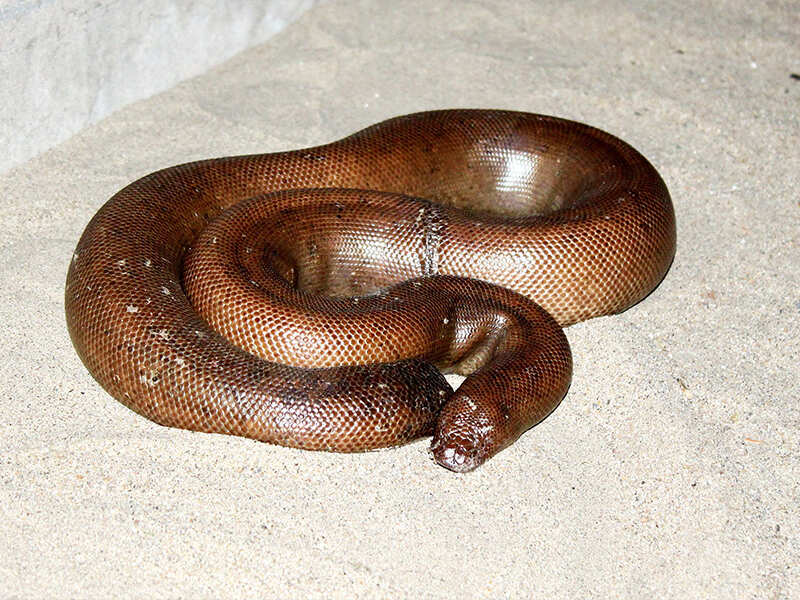
Red Sand Boa snakes Two red sand boa snakes seized Nagpur News Times of India
Erycinae is a subfamily of stout-bodied snakes, all of which are competent burrowers. The largest, E. johnii, rarely exceeds 120 cm (47 in) in total length (including tail). Most grow to around 60 cm (24 in) in total length. They have small eyes and hard, small scales to protect their skin from the grit of sand.

Scientists in Italy rediscover snake that was used by ancient Greeks as a weapon of war Telegraph
Sand boas are short, stocky snakes that are characterized by their heavy build, small eyes, and stumped tails. Their scales are smooth to the touch, save for the tail, which is bumpy. They don't grow very long, with males measuring 15-18 inches in length and females measuring 24-36 inches in length. They can weigh between 700-1,000 grams (up.

Red sand boa snake worth Rs 1.25 cr rescued in Madhya Pradesh india news Hindustan Times
The Arabian sand boa, or Jayakar's sand boa, is a small, mostly nocturnal snake species native to the Arabian peninsula. One of its common names and its specific name, jayakari, is in honor of the Indian surgeon and naturalist, Atmaram S. G. Jayakar (1844-1911).They are solitary creatures that come together only during mating season.
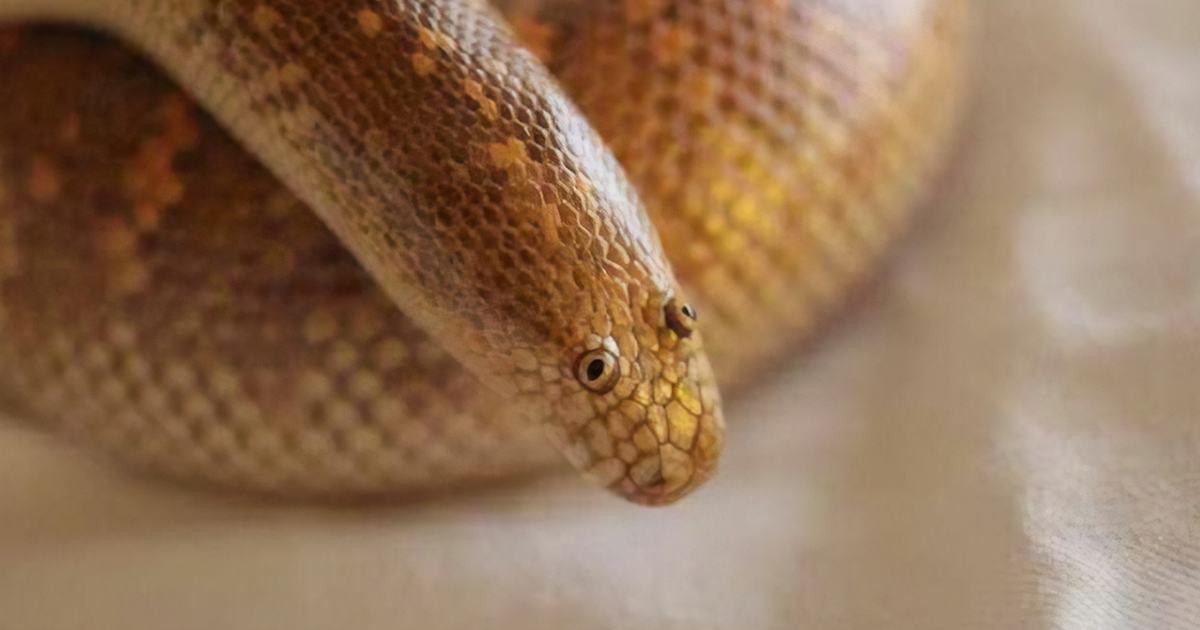
This Snake With Funny Looking Eyes Might Be The Derpiest Animal Alive Bored Panda
Kenyan Sand Boa Lifespan. The average Kenyan Sand Boa lifespan is around 20 years with the right care. However, some owners have reported these snakes living past 30 years of age! Like other species in the Boa family, Kenyan Sand Boas have very long lives. This makes them a long-term commitment.

Snake Profile Kenyan Sand Boa (Care Sheet + Pictures)
Most adult Kenyan Sand Boas can be fed adult mice 7-10 days. A general rule of thumb to follow when feeding snakes is to provide prey items that are approximately the same width as the widest point of the snake. However, in Sand Boas, feeding prey only as large as the widest part of their head is better because of their small size.
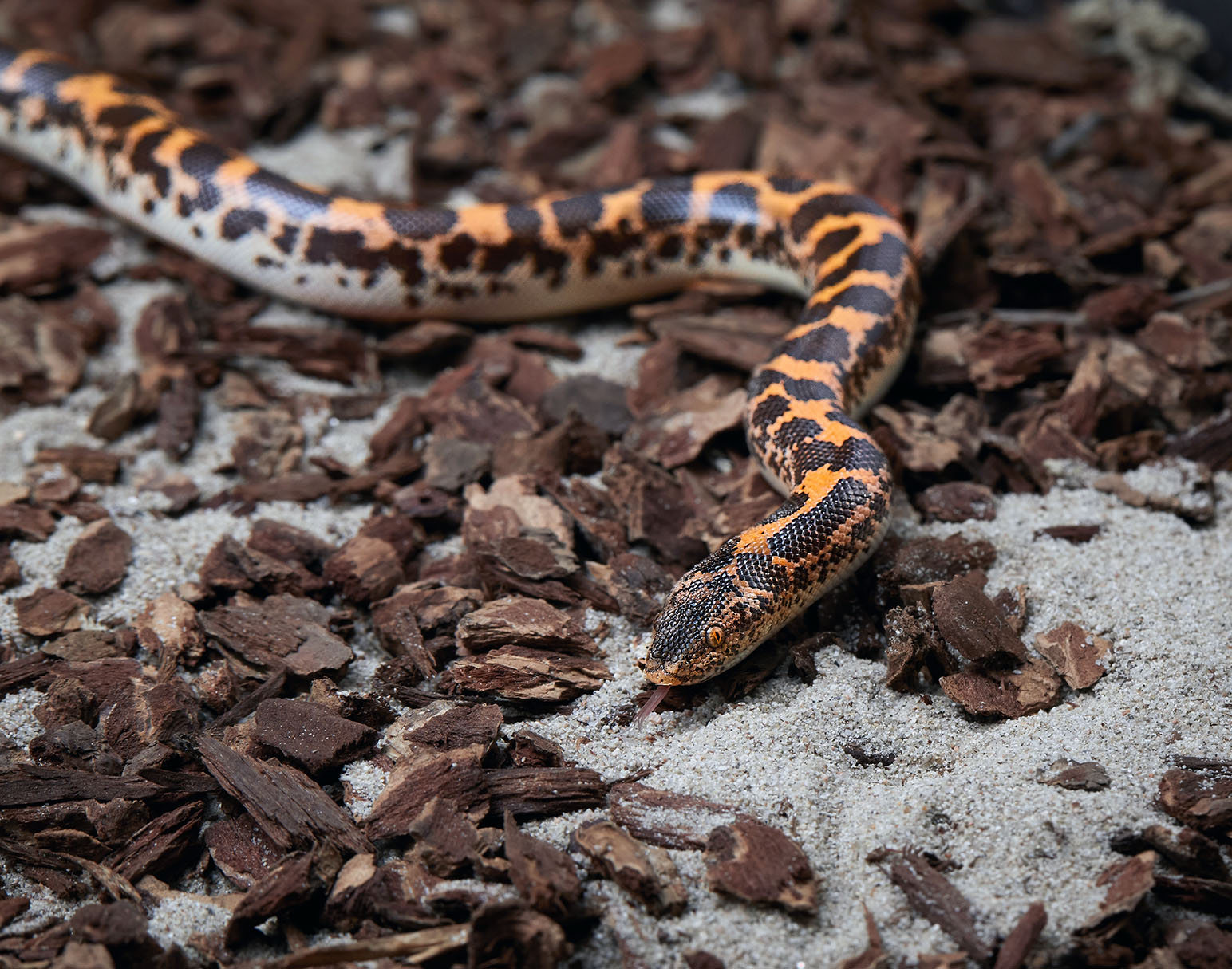
Featured Animals Kenyan Sand Boa CMZoo
Source: "Eryx_jayakari_by_Omid_Mozaffari (2)" by Omid Mozaffari - CC BY 2.0. Goofiness aside, the Arabian sand boa is already more eye-catching than its fellow sand digger, the Saharan horned viper.Its belly is a consistent white, but its back has the colours of an Australian musical instrument, with deep orange and black interlocking in a series of haphazard stripes.

Snake Profile Kenyan Sand Boa (Care Sheet + Pictures)
The Sand Boa is a group of snakes in the boa, or Boidae, family. Currently, researchers recognize 13 different species in three taxonomic genuses. The Charina boas consist of the rosy and rubber boas, and live in North America. The Eryx boas consist of the "Old World" Sand Boas of Eurasia and Africa.Finally, the Gongylophis consist of the true Sand Boas of the Middle East and surrounding.

Really cool snake photo by Brad Wilson Society for the Study of Amphibians and Reptiles
Kenyan Sand Boas tend to be hardy and healthy animals, which is why they're such great pets for novice snake keepers.. There are numerous reports of well cared for Kenyan Sand Boas living over 30 years in captivity.. The small size, simple care requirements, and easy-going demeanor of most Kenyan Sand Boas make them perfect reptilian pets for beginners and experts.

Kenyan Sand Boa Care Guide Reptile Cymru
Eryx conicus. Common names: Russell's sand boa, rough-tailed sand boa, [3] Common sand boa. Eryx conicus, also known as Russell's sand boa, the Common sand boa or the rough-tailed sand boa, is a species of non- venomous snake in the subfamily Erycinae of the family Boidae. The species is native to Southern Asia.

Kenyan Sand Boa Care Guide Reptile Cymru
The Arabian sand boa is a small nonvenomous snake native to the Arabian Peninsula and Iran where it spends the day buried in the sand. Its eyes are very small and are located on the top of the head, which has a blunt snout and is wedge-shaped. This snake's color is yellowish-grey or sandy-brown speckled with white flecks and transversely banded.
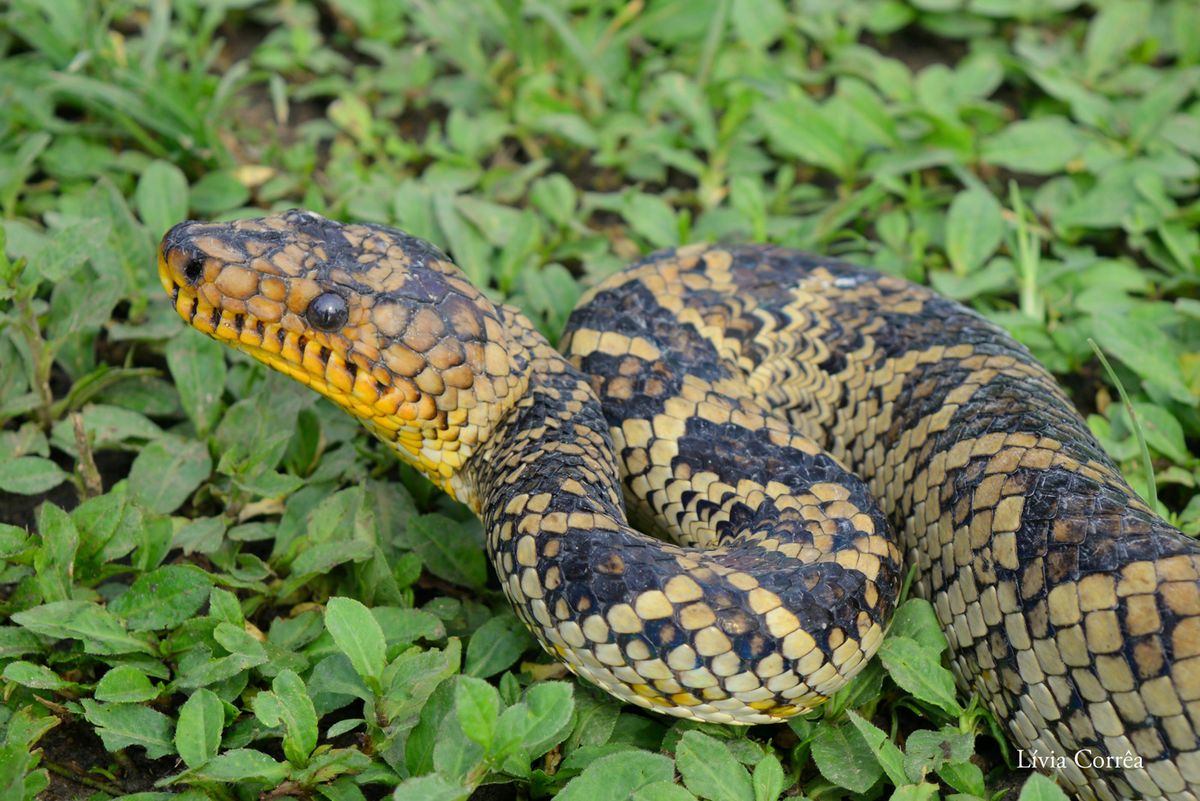
World's Rarest Boa Snake Seen for 1st Time in 64 Years Live Science
Snake: Size: Small to Medium: Length: Sand boa: Up to 2-3 feet (0.6-0.9 meters) Color: Sand boa: The color varies depending on the species, but sand boas can have shades of brown, gray, or yellow with patterns or markings. Weight: Sand boa: The weight varies depending on the species, but most sand boas weigh between a few ounces to a pound or.
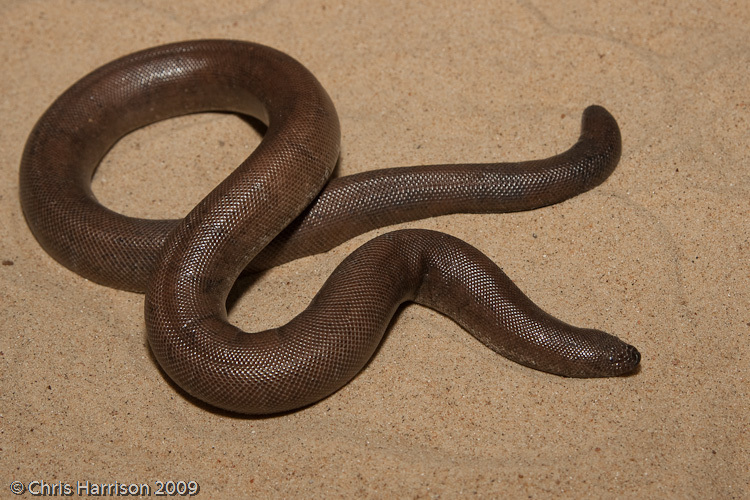
Red Sand Boa (Snakes Of Peninsular India) · iNaturalist
Kenyan sand boas are small, stocky snakes from northeastern Africa. Wild individuals are bright orange or yellow with a clean white underbelly. Full grown adults remain small and will be 1 to 2.5 feet long, depending on their gender. The Kenyan sand boa is an excellent beginner snake.

Oakland Zoo Kenyan Sand Boa
The Indian sand boa is a nonvenomous snake native to Western and South Asia. Adapted to burrowing, the head of this snake is wedge-shaped with narrow nostrils and very small eyes. The body is cylindrical in shape with small polished dorsal scales. The tail, which is blunt, rounded, and not distinct from the body, appears truncated.

Kenyan Sand Boa Lehigh Valley Zoo
"Ah yes, the Arabian sand boa, the most dumb looking snake," another user said. Today I learned about the Arabian sand boa. It looks like a child's best effort at drawing a snake. pic.twitter.

Pinterest BRIDGETX15 LIKE WHAT YOU SEE FOLLOW FOR MORE♡♡♡♡♡♡♡ Reptiles pet, Pretty snakes
Arabian sand boas are carnivorous and primarily eat rodents such as mice and rats. Young snakes should be fed once every 5-7 days, while adults can be fed once every 10-14 days. It's important to offer prey that is appropriately sized for the snake to avoid any issues with digestion or regurgitation.

Snake Species List Types of Snakes HappySerpent
The Kenyan Sand Boa is an old world snake with a range from Egypt to Niger and as far south as Kenya. Historically there were two recognized subspecies of this snake: Eryx colubrinus colubrinus. Eryx colubrinus loveridgei. The loveridgei subspecies was thought to occupy the southern range of Kenya and have more vibrant orange tones.